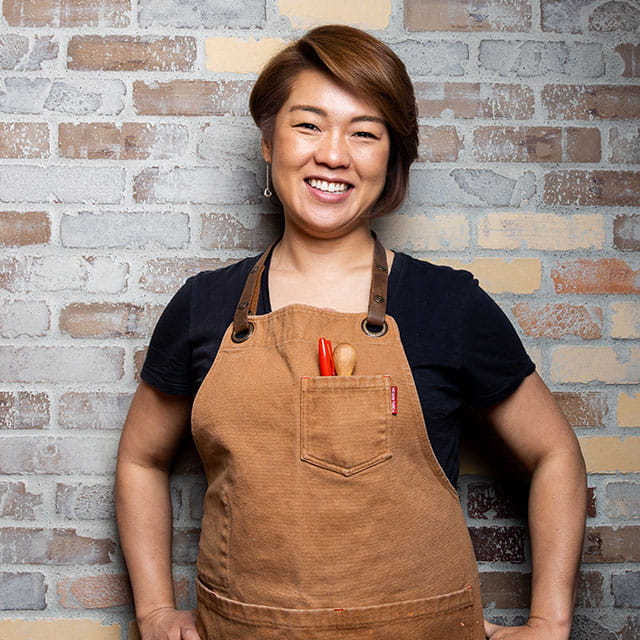
Chef Jinhee Lee
We stopped by Jin Bar to hear more of her incredible journey towards becoming Calgary’s Korean comfort go-to. View Culinary Connections for more.
Read BioThe diversification of the culinary scene in Canada is usually interpreted in terms of the increasing popularity of new foods and dishes from around the world, with the growth of 'ethnic' cuisines from all corners of the globe.
However, it is not just about curries from India and sushi from Japan. A new area of expansion is indigenous Canadian food.
It was not always this way. Speaking to the Canadian Press, chef Paul Natrall explained how the last few years have seen a re-awakening of this area of cuisine, after decades in which many traditions were ignored or even banned.
Such factors included the integration of indigenous children into the state-run residential school system away from previous generations who could pass on recipes, and the banning of the Potlach, a traditional ceremony involving lots of feasting that was practised by many First Nations people.
Mr Nattrall, who opened his own food truck this year, said the government policies of the past, aimed at assimilating indigenous people into mainstream culture, ensured that a range of cuisine went "missing for a long time".
However, the situation is gradually changing, not least as a growing awareness and appreciation of indigenous cultures has led to an increasing interest in various aspects of First Nations life - including food.
This has been caused by a range of factors, including social media and also an increasing presence of indigenous Canadians in major cities. New restaurants run by First Nations chefs serving up indigenous food include Johl Whiteduck Ringuette's Nishdish in Toronto, which offers traditional Anishnawbe, while Vancouver's Salmon n’ Bannock Bistro includes a range of dishes from different indigenous groups.
Discussing the growth of indigenous food, Mr Nattrall said: “We couldn’t concentrate on developing or perfecting indigenous cuisine, so it’s taken longer than others, I guess.
“But, everybody’s hitting the right stride and it’s finally coming to, right. So, it’s awesome.”
There remain some barriers to indigenous cuisine. Much of Canada will not permit restaurants to serve game meat that has been hunted rather than farmed, for example.
Nonetheless, now the genie is out of the bottle, more and more Canadians are sure to encounter cuisine that has been hidden from them for a long time.
NishDish is not the only indigenous restaurant in Toronto. Joseph Shawana, who grew up in Wikwemkong Unceded Reserve on Manitoulin Island, is the head chef at Ku-kum, where the food is very distinct. As he explained to The Star last year, there won't be any beef, pork or chicken on the menu. Instead, it will feature elk. And instead of salmon, fish fans can try pike and whitefish.
Because of his upbringing, Mr Shawana picked up the culinary knowledge denied to many other First Nations children. He remarked: “Basically, the whole inspiration was based around how I grew up, being raised by my mother and watching her cook all the time and my grandma cook almost every day."
Thus what may seem novel to Canadians trying such dishes for the first time is in fact the kind of cuisine that has existed in the country since before European colonisation. As First Nations culture is increasingly appreciated, it seems the food is finally getting its time in the spotlight.